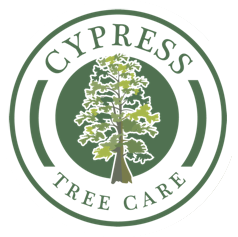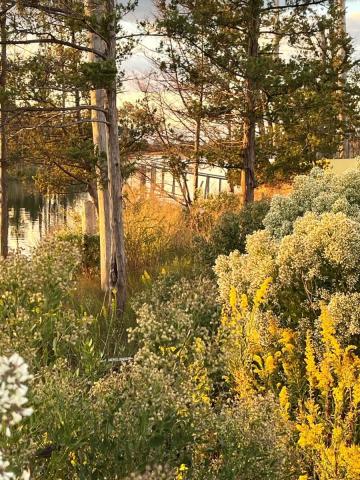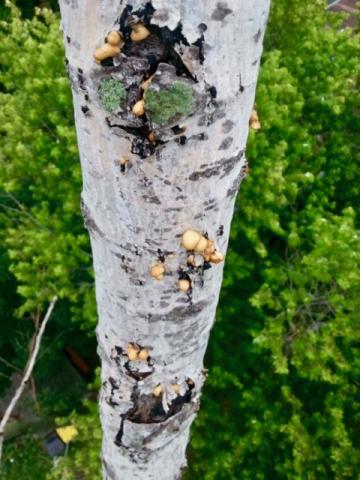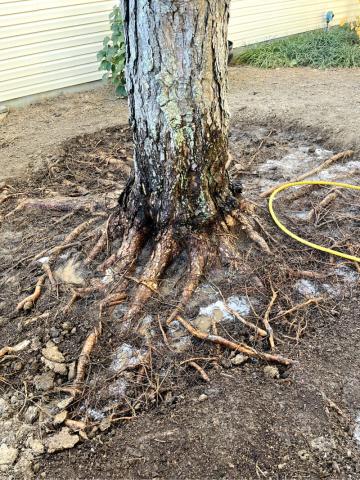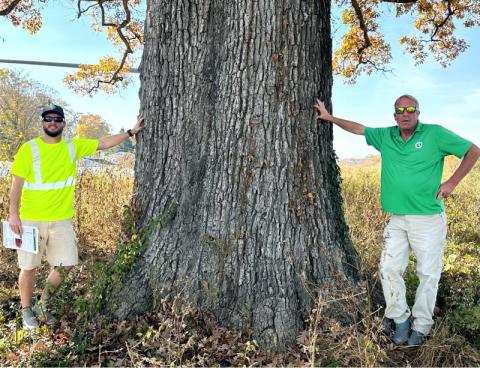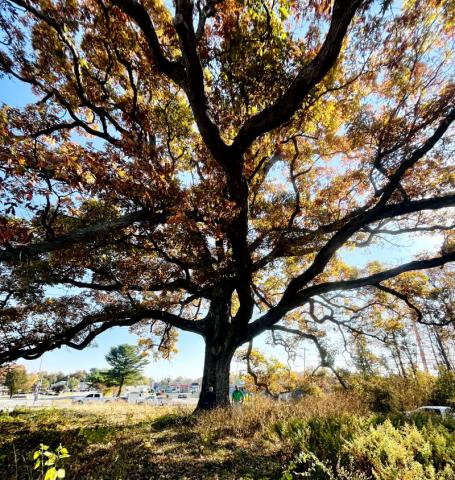Tree Health and Wellness Services for Thriving Landscapes
Maintaining tree health is essential for preserving the beauty, safety, and functionality of your landscape. Cypress Tree Care offers a comprehensive range of services to support tree wellness, including plant health care, pest management, and soil improvement. These proactive solutions address issues like disease, nutrient deficiencies, and environmental stressors to ensure your trees remain vibrant and resilient. By focusing on prevention and early intervention, our team helps extend the lifespan of your trees while minimizing potential hazards.
Our certified arborists use advanced techniques, such as Integrated Pest Management (IPM), deep root fertilization, and air-spading, to promote healthy growth and address specific tree health concerns. With a commitment to sustainability and expert care, Cypress Tree Care ensures that your trees receive the attention they need to thrive. Whether you’re managing residential, commercial, or municipal properties, our tailored tree health and wellness services create long-lasting benefits for your landscape.


